

— Blogs —
—Products—
 Consumer hotline +8618073152920
Consumer hotline +8618073152920 WhatsApp:+8615367865107
Address:Room 102, District D, Houhu Industrial Park, Yuelu District, Changsha City, Hunan Province, China
Product knowledge
Time:2025-11-04 12:00:12 Popularity:229
In modern agriculture, meteorological data has become a production factor as vital as the land itself. Temperature, humidity, light intensity, wind speed, rainfall, and atmospheric pressure—these metrics determine crop growth rates, pest and disease risks, and irrigation scheduling efficiency. Traditional weather monitoring relies on manual sampling or wired systems, which involve complex wiring, high maintenance costs, and slow data updates.
This is why more agricultural enterprises, research institutions, and government projects are turning to wireless weather stations.
They act as “field meteorologists,” uploading real-time weather data without human intervention, supporting remote viewing and intelligent control—making them a core component of smart agriculture.
A smart weather station is far more than a device that measures temperature and humidity.
It is an IoT weather network consisting of sensors, data loggers, communication modules, and a cloud platform.
- Sensor Layer: Accurately collects temperature, humidity, wind speed/direction, rainfall, solar radiation, atmospheric pressure, and more.
- Communication Layer: Uploads data via LoRa, 4G/5G, WiFi, etc.
- Cloud Platform Layer: Enables data visualization, trend analysis, and remote alerts via web or mobile apps.
- Application Layer: Integrates with irrigation, ventilation, and fertilization systems for automated control.
It allows the farm to “think about the weather” and respond automatically to changes.
Communication method is a core consideration when selecting a wireless weather station. Different technologies determine coverage, power consumption, and cost.
| Communication | Features | Advantages | Limitations | Recommended Applications |
| LoRa (Long Range) | Low power, long range (2–5 km) | No base station needed, flexible deployment | Low bandwidth, not suitable for HD video | Farmlands, pastures, remote areas |
| 4G/5G | High speed, wide coverage | Real-time upload, supports video | High power consumption, requires SIM card | Smart farms, research stations |
| WiFi | Low cost, fast deployment | Integrates with local networks | Limited range | Greenhouses, labs, demonstration bases |
Niubol’s weather station systems support modular communication design, allowing flexible configuration based on site conditions:
For example, use LoRa in signal-free mountainous areas, or a hybrid 4G/WiFi solution in modern farms or urban research stations.
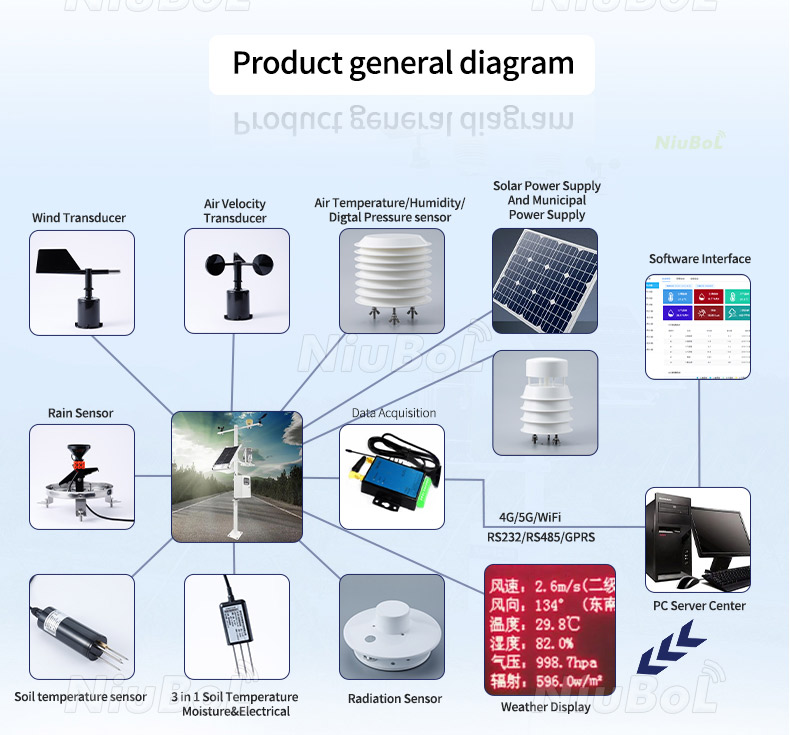
Structure and Advantages of Niubol Wireless Weather Stations
Niubol’s NBL series weather station systems integrate industrial-grade sensors and intelligent data acquisition modules, powered by solar + lithium battery, enabling 24/7 unattended operation.
- High-precision temperature and humidity sensor
- Integrated wind speed and direction sensor
- Tipping bucket or optical rain gauge
- Solar radiation and light intensity sensors
- Atmospheric pressure and dew point sensors
- Optional LoRa / 4G / WiFi communication modules
- Cloud data platform + real-time mobile app access
Each system features lightning-proof, waterproof, and corrosion-resistant housing (IP65 rating), ensuring stable operation in harsh environments like deserts, coastal areas, and high plateaus.
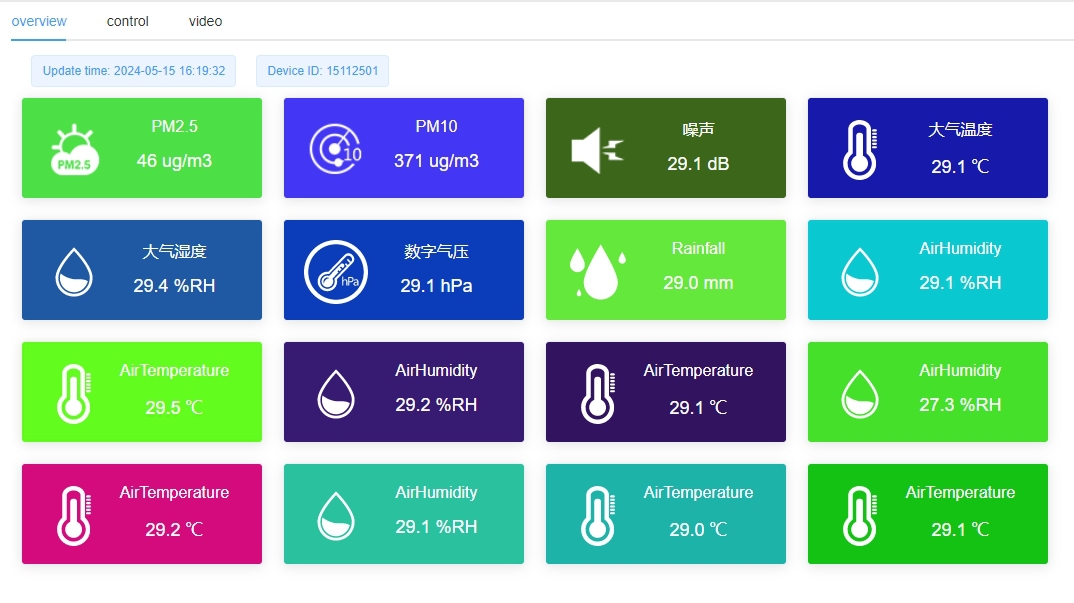
Cloud Platform: Turning Data into Decisions
Niubol Cloud is the “brain” of the entire system.
- Real-time data visualization: Charts, maps, trend lines
- Threshold alarm system: Auto-alerts for high temperature, heavy rain, strong winds
- Data archiving & export: Supports Excel, CSV formats
- Multi-device access: PC, tablet, mobile app
- API integration: Directly connects weather data with automated irrigation, farm management platforms, or SCADA systems for unified control.
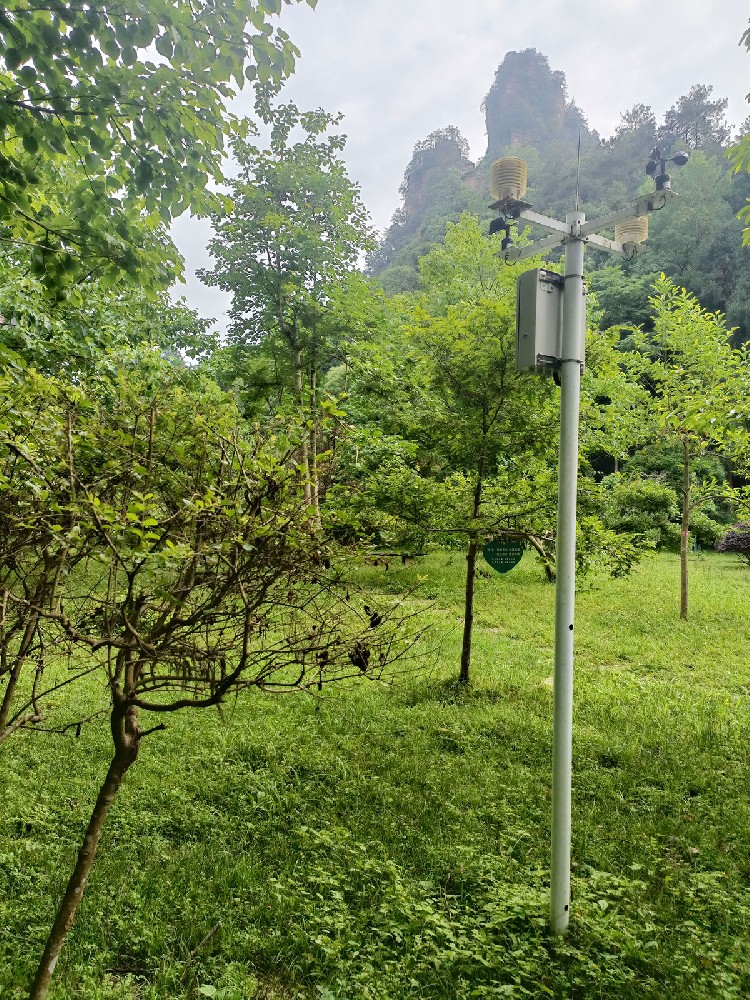
| Feature | Niubol Wireless Station | Traditional Wired Station |
| Installation Time | Within 30 minutes | 1–2 days (wiring required) |
| Data Update Frequency | Adjustable (1–15 minutes) | Usually 1+ hour |
| Communication | LoRa / 4G / WiFi | RS485 / RS232 |
| Maintenance Cost | Extremely low | High (cable wear) |
| Scalability | Modular, plug-and-play | Fixed structure |
| Visualization & Remote Control | Cloud + App | No remote access |

1. Define monitoring goals: Field weather, greenhouse environment, or research experiments?
2. Evaluate communication conditions: Signal coverage? Distance?
3. Consider power supply: Reliable sunlight? Need long-term unattended operation?
4. Expansion needs: Add soil, CO₂, or light modules?
5. After-sales & cloud platform: Ensure stable servers and multilingual support.
Niubol provides end-to-end support — from project design and communication planning to installation training and remote debugging.
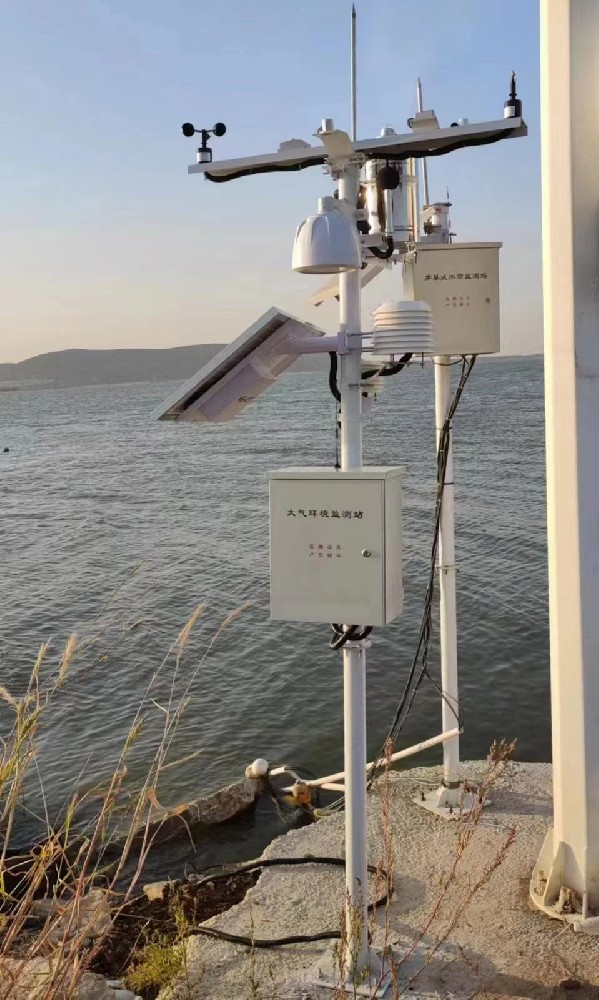
✅ Industrial-grade sensors with globally compatible communication
✅ Customizable LoRa/4G/WiFi hybrid architecture
✅ Free cloud platform access, supports English/Chinese
✅ Modular upgrades, simple maintenance
✅ Serving 60+ countries across the Middle East, Africa, Asia, and Latin America
Niubol upholds the philosophy of “Empowering Agriculture with Data”, earning customer trust through technology and reliability.
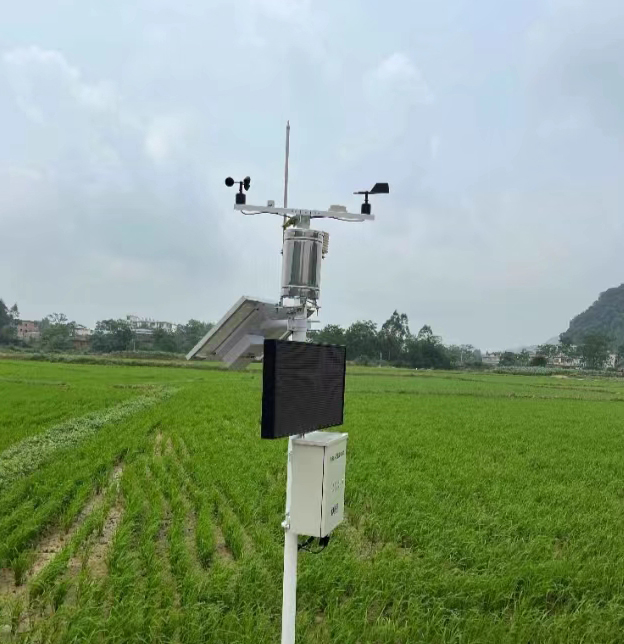
Next-Generation Niubol Weather Stations
Future models will feature edge computing, enabling on-site climate trend analysis, pest risk prediction, and real-time irrigation triggers.
This shifts farm management from “reacting to weather” to “predicting climate.”
The farm of tomorrow will no longer rely on experience—but on data-driven decisions.
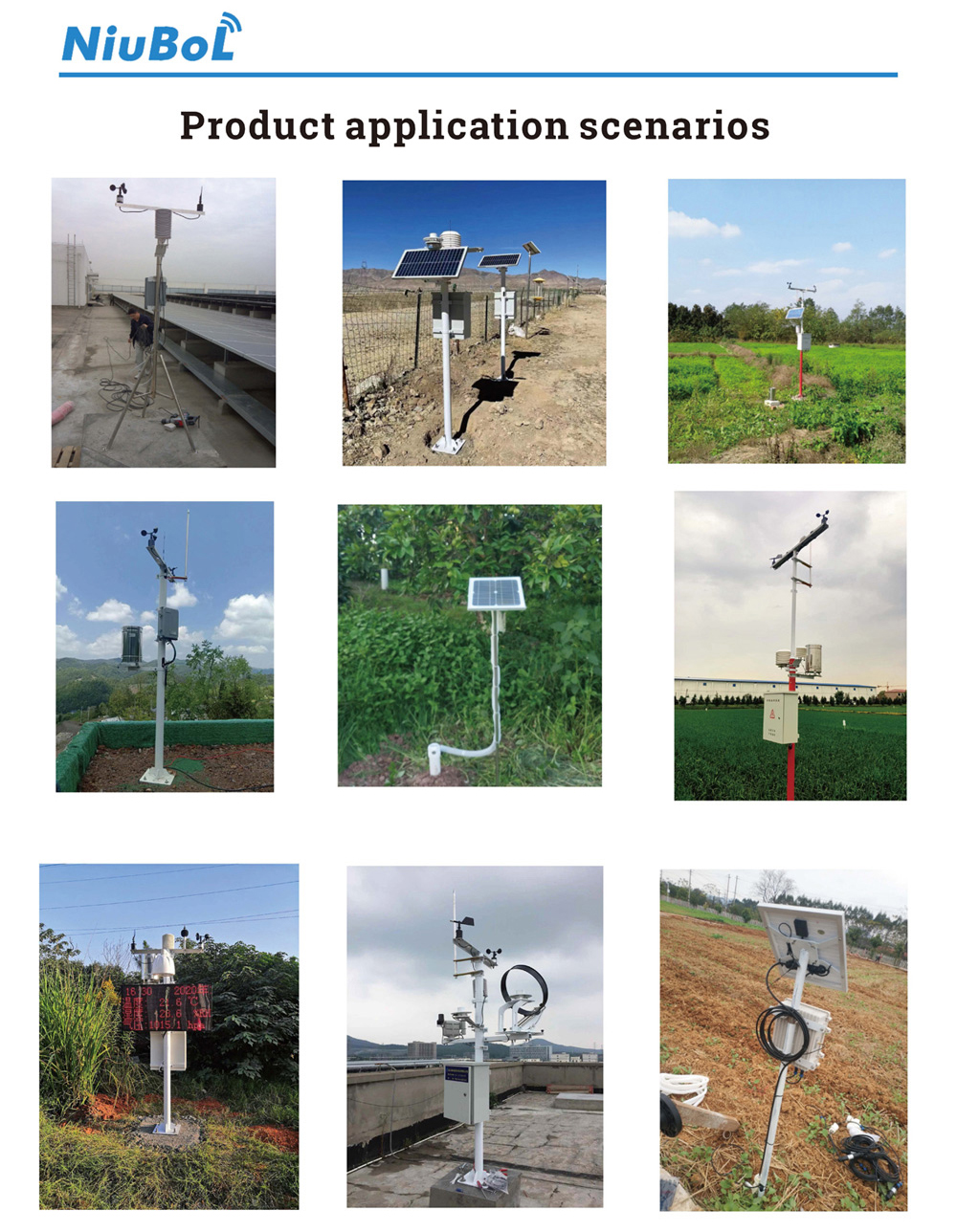
Wireless weather stations are no longer just monitoring tools—they are the “perceptual nervous system” of modern agricultural ecosystems. They make data flow and make land smarter.
With flexible communication, industrial-grade reliability, and intelligent cloud services, Niubol’s wireless weather monitoring systems are helping farms worldwide achieve true digital transformation.
Niubol — Bringing Climate Intelligence to Every Field.
Email: sales@niubol.com
Website: www.niubol.com
Prev:Best Wireless Soil Moisture Sensors for Precision Irrigation
Next:Buy Weather Station Online — Complete Guide for Professional Users
Related recommendations
Sensors & Weather Stations Catalog
Agriculture Sensors and Weather Stations Catalog-NiuBoL.pdf
Weather Stations Catalog-NiuBoL.pdf
Related products
 Combined air temperature and relative humidity sensor
Combined air temperature and relative humidity sensor Soil Moisture Temperature sensor for irrigation
Soil Moisture Temperature sensor for irrigation Soil pH sensor RS485 soil Testing instrument soil ph meter for agriculture
Soil pH sensor RS485 soil Testing instrument soil ph meter for agriculture Wind Speed sensor Output Modbus/RS485/Analog/0-5V/4-20mA
Wind Speed sensor Output Modbus/RS485/Analog/0-5V/4-20mA Tipping bucket rain gauge for weather monitoring auto rainfall sensor RS485/Outdoor/stainless steel
Tipping bucket rain gauge for weather monitoring auto rainfall sensor RS485/Outdoor/stainless steel Pyranometer Solar Radiation Sensor 4-20mA/RS485
Pyranometer Solar Radiation Sensor 4-20mA/RS485
Screenshot, WhatsApp to identify the QR code
WhatsApp number:+8615367865107
(Click on WhatsApp to copy and add friends)
